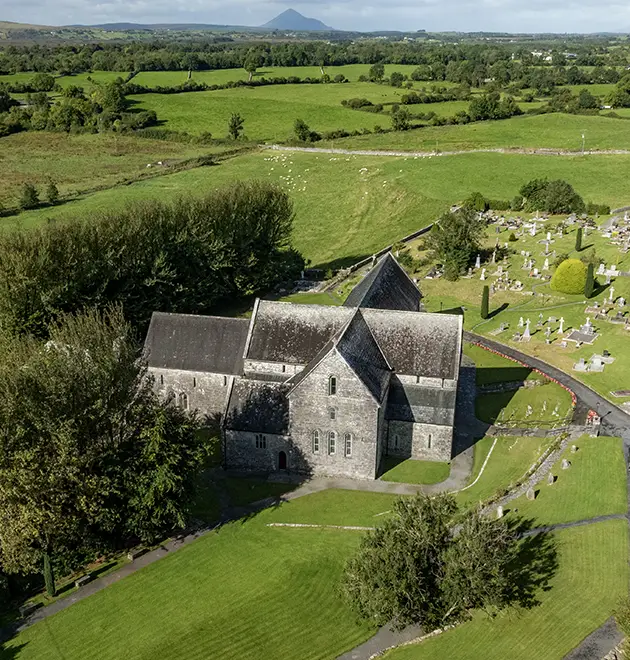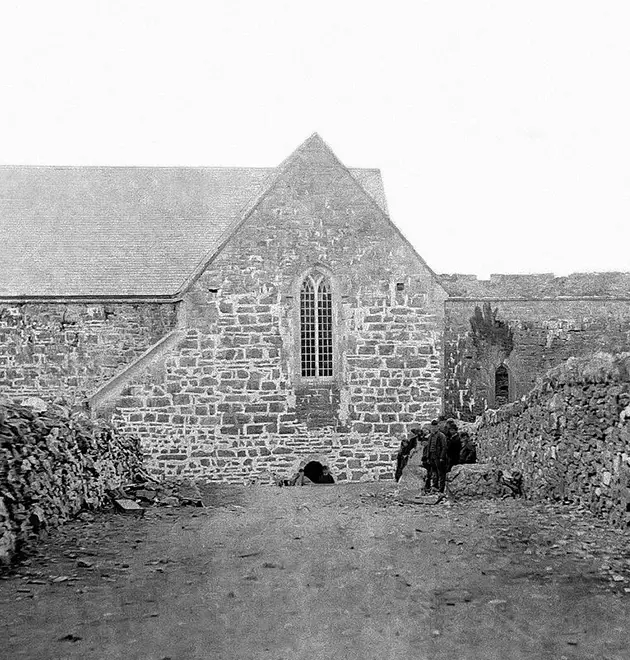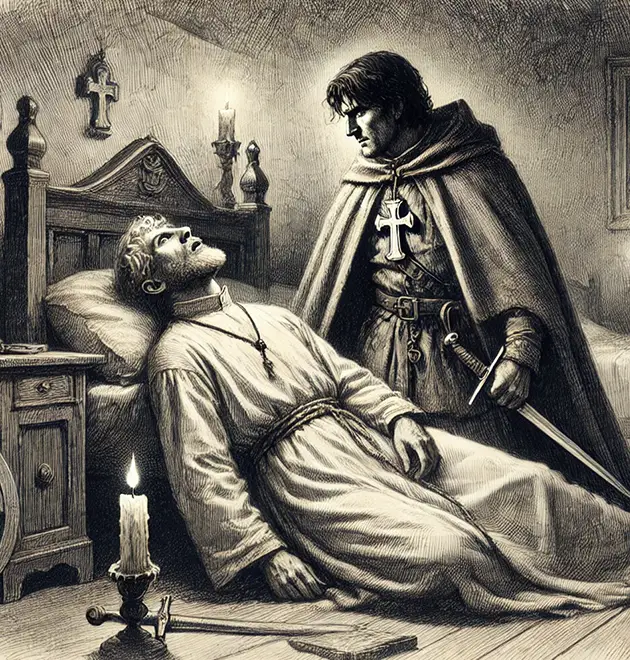Sean na Sagart
The Priest Killer
No record of the history of Ballintubber would be complete without mention of the notorious priest hunter Seán na Sagart – John of the priest. His name was John Malowney. Tradition say he became a priest hunter when he was caught stealing a horse. The penalty for this ‘crime’ was hanging. However, on the night before the hanging Bingham, the Sherrif of Mayo, made a bargain with him – he would have his freedom provided he paid a certain rent each year – “a priest’s head”.
It was Penal Times, when for political more than religious reasons, teachers, priests and bishops had a price on their heads. It is said that Seán was responsible for the capture of a good number of priests. He had protection of the soldiers wherever he went.
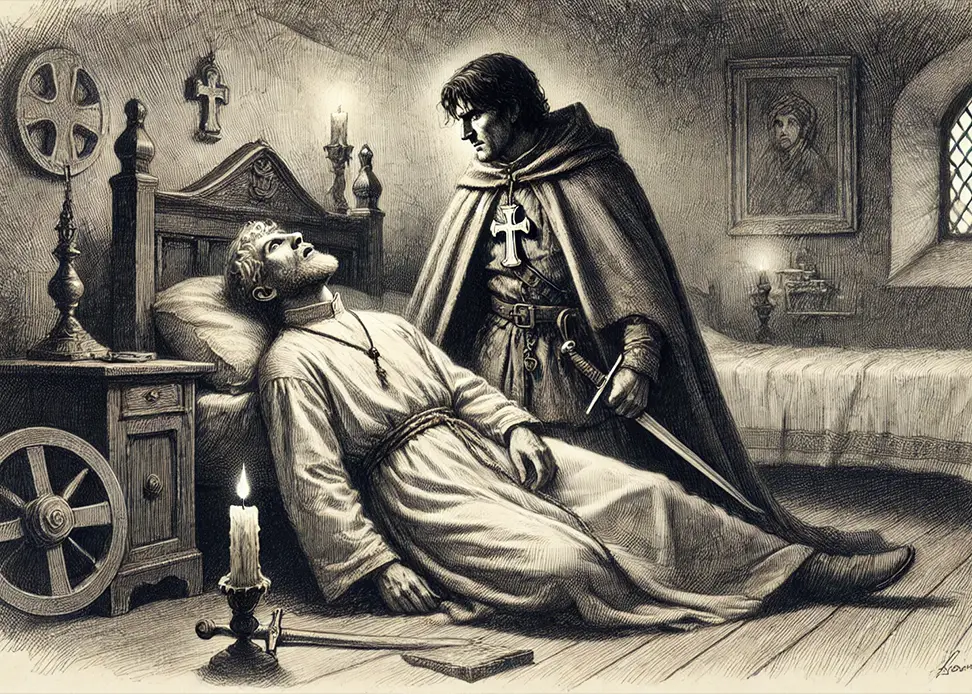
A Place of Contemplation
There were two priests in this area but Seán could get no trace of them. He tried a trick. He went to his sister Nancy and pretended he was dying and he wished to confess his awful crimes and be forgiven before he met his Maker. Finally, Nancy believed him and sent for the older of the priests – Fr Kilger. But as Fr Kilger was bending over him hearing his confessions Seán stabbed him in the heart with the dagger he had hidden under the blanket. Next day they brought the body of Fr Kilger to the graveyard for burial and the other young priest came to bless the grave, disguised as a woman. Seán recognised him but before he could kill him the young priest, Fr Burke ran. The chase lasted all day until finally in Hession’s field near Partry the priest stumbled, and Seán flung the dagger and caught the priest in the leg and incapacitated him. Seán was about to kill the priest when a peddler (John McCann) who had followed them came up and shouted to the priest to pull the dagger out out of his leg and he in turn attacked Seán with his own dagger.
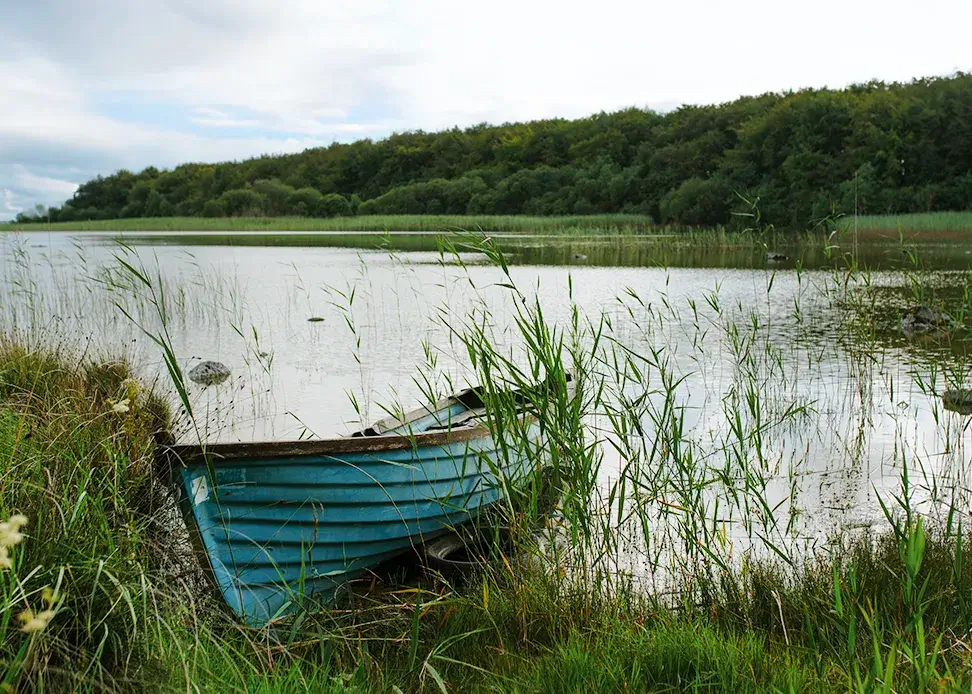
Church Island
The soldiers found the body of Seán na Sagart next day and buried him in the graveyard in Ballintubber. But the people of the area took his body out of the grave and threw it into the local lake. The priest who hand now fled ordered them to drag the lake for his body and to bury it in the graveyard.
The people did find the body and buried it in the graveyard. But they didn’t bury him facing the east and the rising sun as all the other dead lie in waiting for Christ to come again in glory from the East. No, they buried him facing the north, where the sun never rises. An ash sapling grew up and became a tree and split his grave in two.
That tree can still be seeing standing in the grounds of Ballintubber Abbey today and it is known as the “Seán na Sagart tree” Go ndéana Dia Trocaire ar a anam.

Experience Ballintubber Abbey
Journey through time and faith at Ballintubber Abbey. Explore its captivating history and architecture on a guided tour, or embrace serenity on a pilgrimage walk, connecting with centuries of tradition.
Find Out More
History of Ballintubber
Whispers through the centuries… Ballintubber Abbey has witnessed history unfold. From royal connections to pirate legends, uncover the hidden stories etched within its ancient stones.
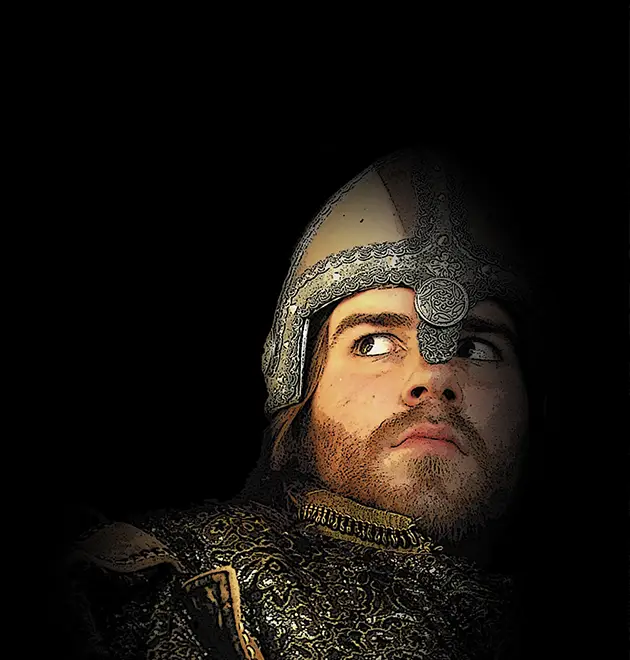
Tibóid Ne Long Bourke
Find out about how the son of Grace O’Malley came to his final resting place in Ballintubber
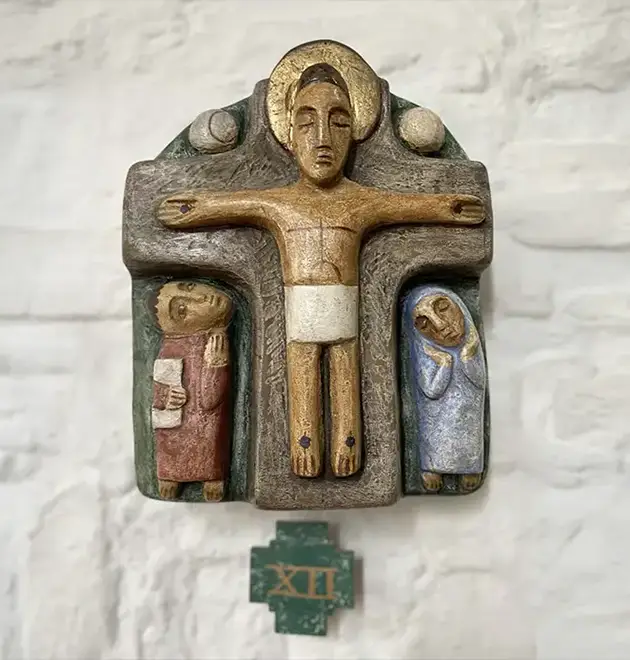
Stations of the Cross
Created in 1972 for Ballintubber Abbey, by renowned sculptor Imogen Stuart.

Church Island
Church Island or Oilean na Scríne- Shrine Island lies at the North West of Lough Carra.
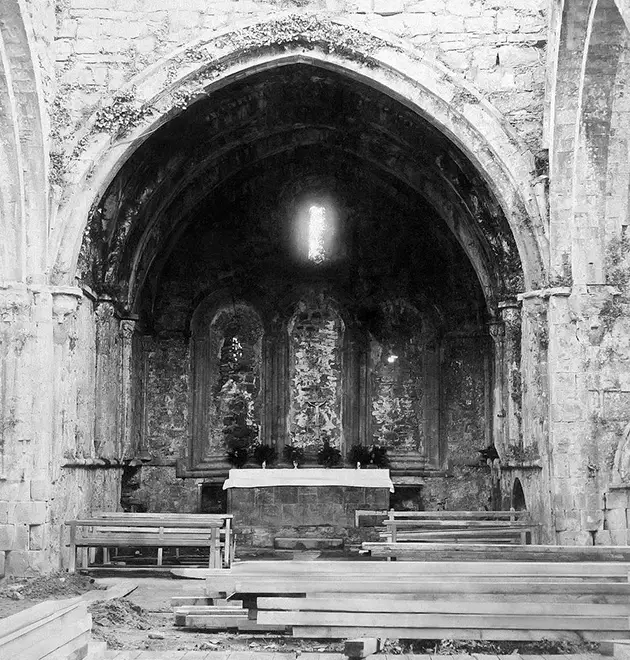
Burning Suppression
How fire and suppression could not defeat the “Abbey that wouldn’t die”.

